Royal Red - Rubies and Ruby Jewellery
The ruby is one of the most valuable gemstones on the face of the earth. Many people think of diamonds as having the highest value, but gem-quality rubies are much rarer and the best specimens are routinely sold at auction for incredible sums, as well as being incorporated into the crown jewels of many royal families.
At Antique Jewellery Online we are passionate about every piece of jewellery that crosses our path, but it has to be said that some of the most remarkable pieces we have ever seen are built around these incredible crimson stones. So what it is about rubies that makes them so consistently popular?
What Are Rubies?
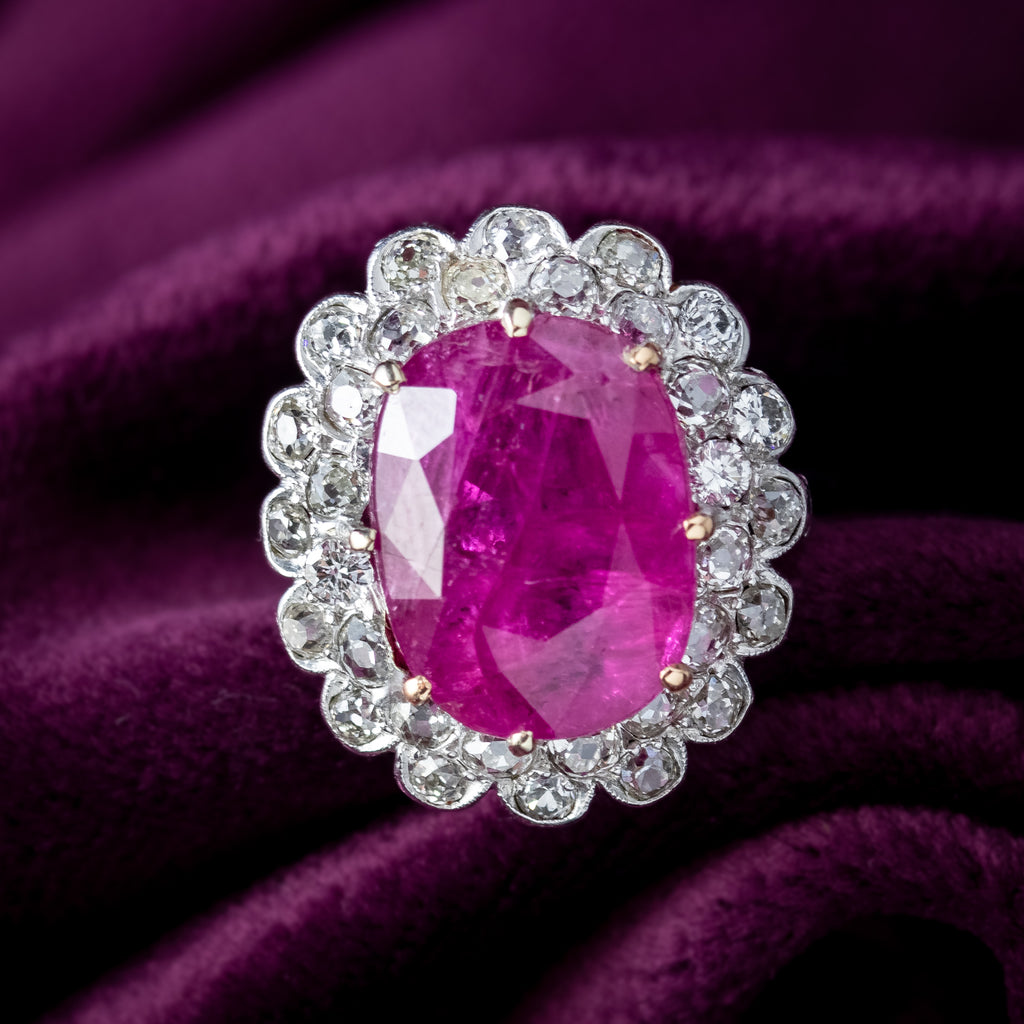
Rubies, like sapphires, are varieties of the mineral corundum. This extremely hard wearing and robust material has a value of 9 on the Moh’s hardness sale, just beneath diamond at 10 and above topaz at 8. This makes both rubies and diamonds well suited for inclusion in jewellery as they can be worn for many decades without risk to the stone.
What Makes Rubies Red?
The colour of any piece of corundum is determined by other trace materials which are present when they are formed deep within the earth. Sapphire’s colouration can be due to several other elements such as titanium, cobalt, lead, vanadium, magnesium, boron or silicon, however rubies achieve their colour primarily through chromium. This substance was known as “red lead” in the old world, and used in a variety of pigments. Its inclusion in corundum causes colouration which varies from pink to bright red. All other colours of corundum are classified as sapphires.
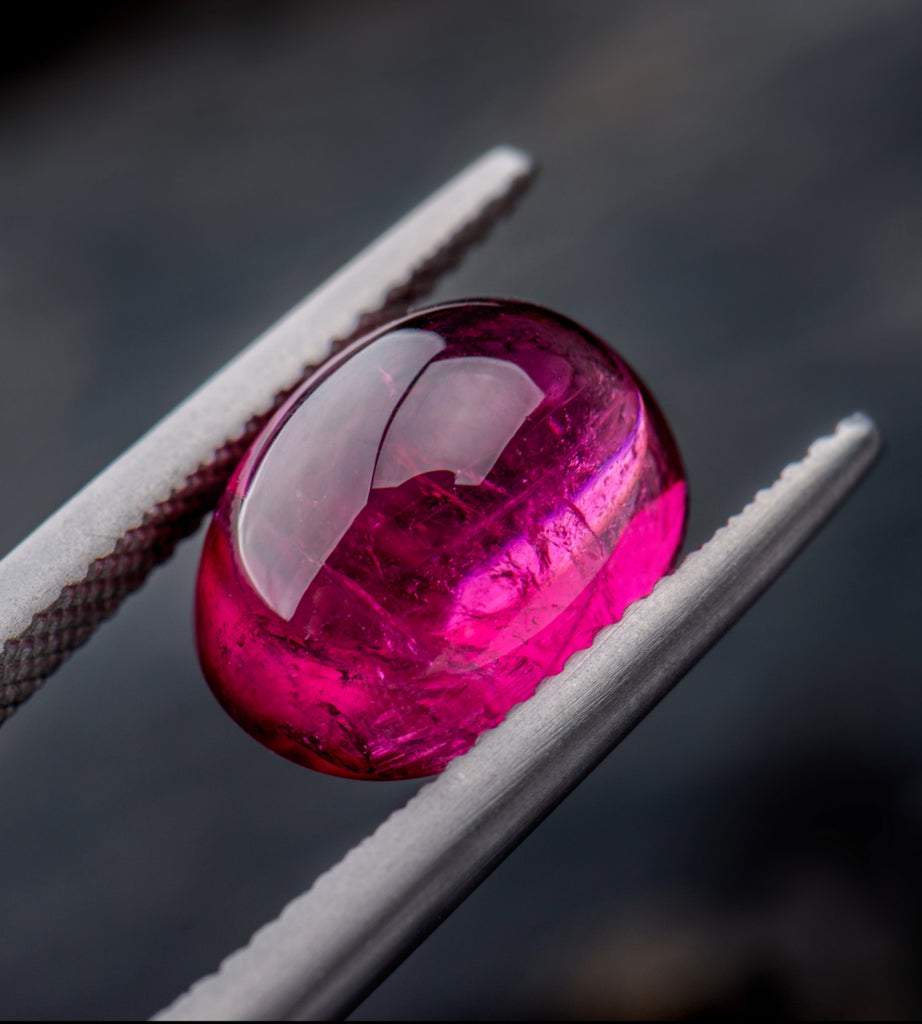
The most valuable rubies have high concentrations of chromium and little to no other traces of other elements. This produces a striking crimson colour which is described in the trade as “pigeon blood”. Large stones with this colouring are incredibly rare. The crown of the monarch of the United Kingdom contains a massive 170 carat stone that was thought to be amongst the most beautiful of rubies in existence, but recent improvements in chemistry and gemmology have revealed it to be a spinel. This is a mistake that has been repeated often through history, and with each stone that is revealed to not be a true ruby the rarity and value of the genuine stones increases.
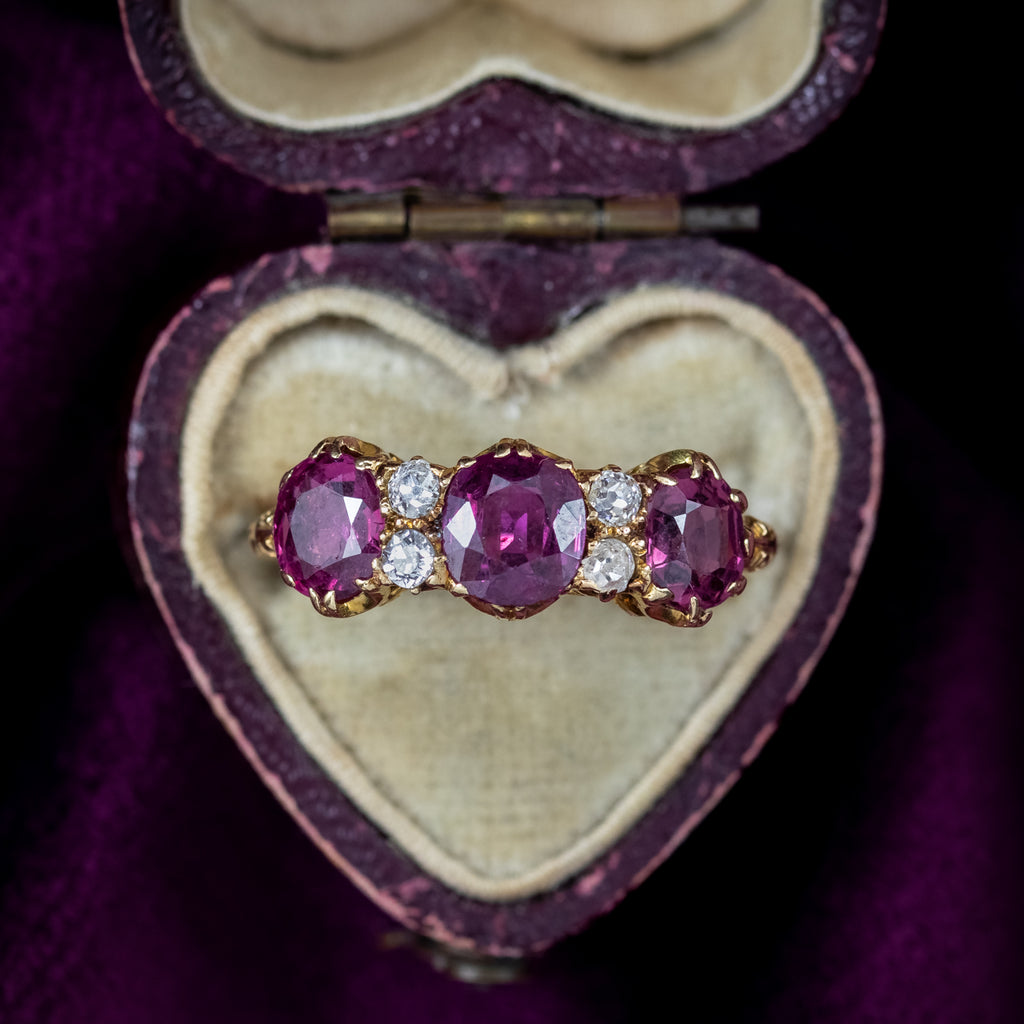
Pink rubies have more in common with sapphires in that other elements may be present. The line between a pink ruby and a pink sapphire is by no means clear. In the ancient world it was believed that pink corundum was an infant ruby, and that its colour would mature and develop as it aged. Although this is not technically correct the colour of both sapphires and rubies can be made more intense with the application of heat treatment, so it is possible that pink sapphires left in the earth near to active heat sources may “mature” into deeper red rubies.
Rubies Now and Then
It isn’t just spinels that have been historically mistaken for rubies. In fact before 1800 almost any red stone was given a variety of the name. Tourmaline and garnet, which are extremely different gemstones, were often simply known as rubies and it took many years for methods to be developed that could accurately assess the stones.
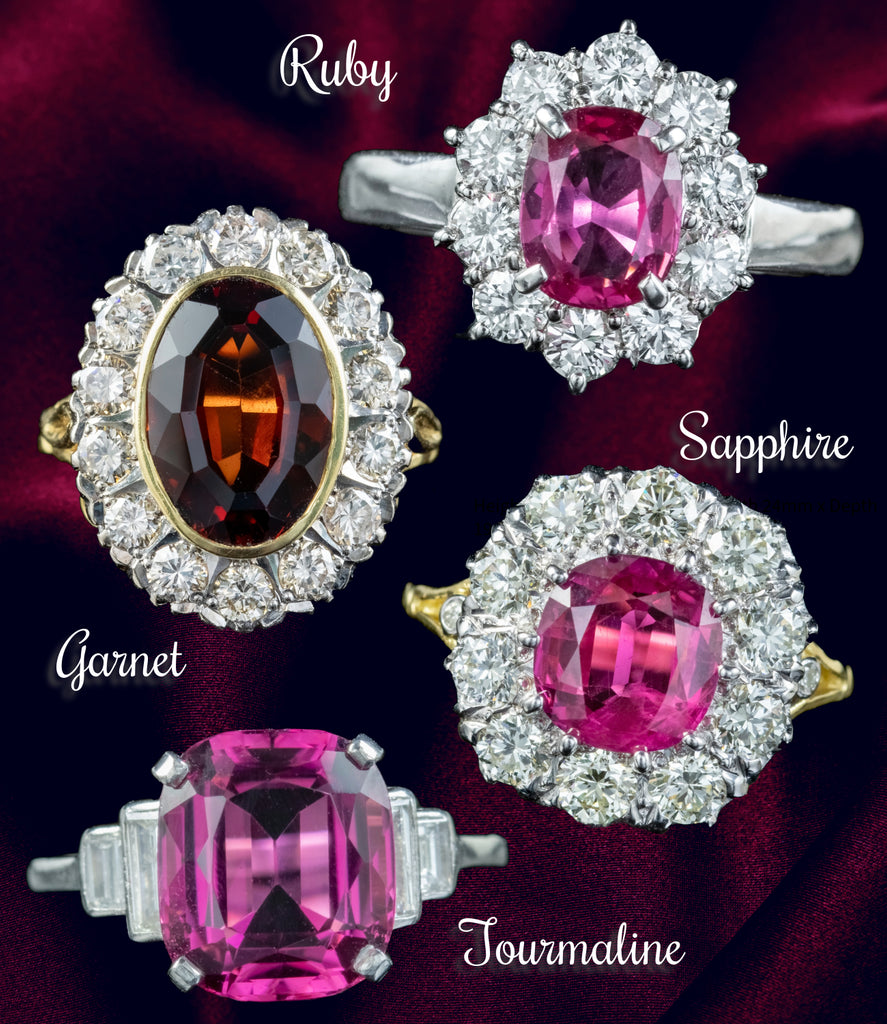
This long-term ambiguity means that ruby simulants (stones described as rubies but composed of different substances) were documented as far back as the Roman Empire. True synthetic rubies, with the same chemical structure as true rubies, were created in the early 1900s. Whilst antique imitations are easy for an experienced professional to spot the modern synthetics are much harder to identify. This is why all reputable gem synthesis laboratories will mark synthetic gemstones with a laser etched identifier that differentiates them from their natural counterparts.
Interestingly it was the ruby that was used in the development of the first lasers, and it has been employed in the creation of many of these devices since its inception. Even though lasers can be many different colours this is why so many people think of them as being red.

Reputable antique dealers will take extreme care to verify that the items they describe as rubies are genuine. Chemical testing is not always possible or advisable for antique pieces as the process of extracting the stones for the test process can cause damage and reduce the value of the piece. With antiques the experience of the jeweller is paramount, as they will be able to use simple jewellers’ tools such as a loupe to verify a stone’s quality by eye. Electronic gem-testers can be used to assess a stone with relative ease, but these machines are not always effective, and require a trained or experienced professional to properly interpret.
Styles of Antique Ruby Jewellery
As rubies have been worked into jewellery for many centuries they have been used in a wide variety of styles and settings. Ancient lapidaries (gem cutters) found it difficult to cut the stone, so the oldest of stones are usually simply cut with hand tools, a time-consuming and delicate process which was reserved for only the most beautiful specimens. Ancient ruby jewellery unearthed in archaeological digs often shows extreme degradation of the metalwork which surrounds the stones, but the robust nature of the ruby means that they can be relatively simply restored.
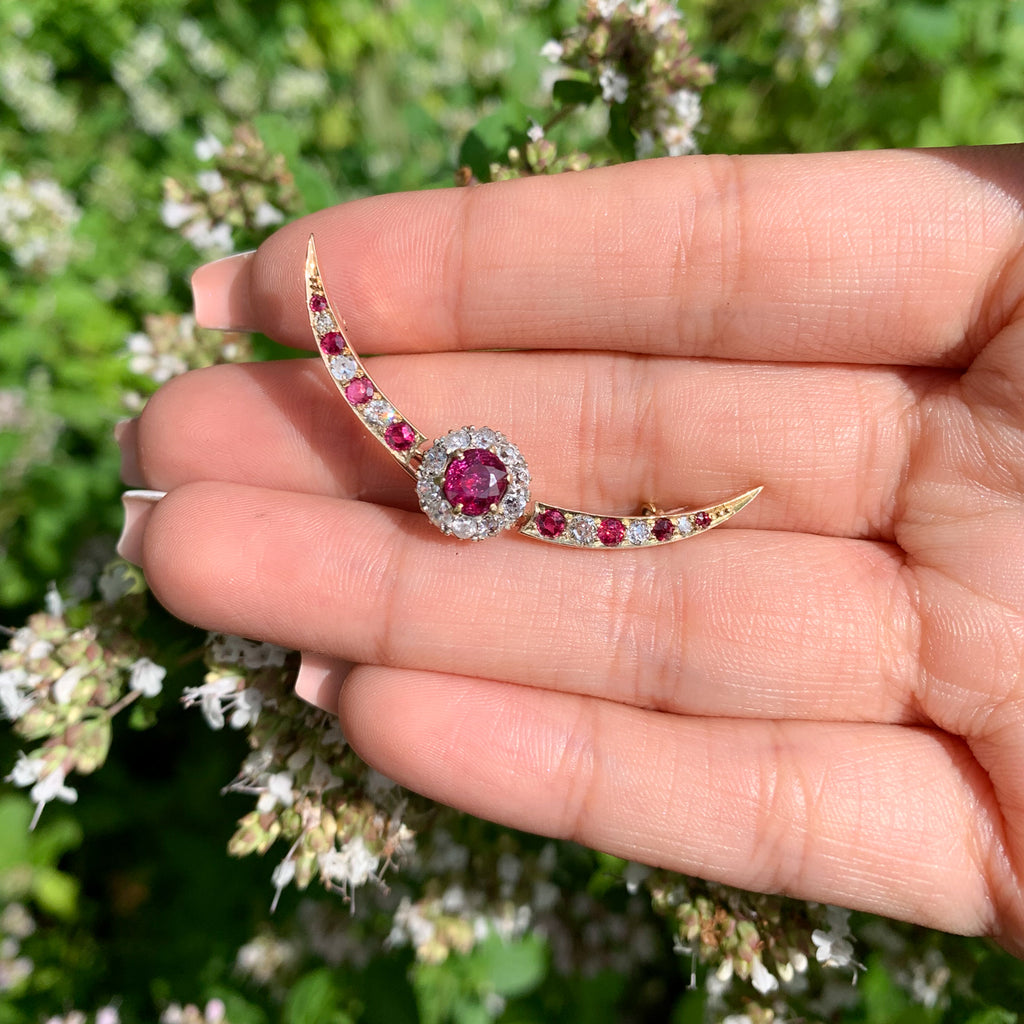
With antique pieces the methods of working with the stones become steadily more advanced, which led to a greater complexity in cutting patterns. Georgian jewellers often formed rubies into rough cabochons, flat bottomed, done-topped shapes that allow the inner structure of the stone to be exposed. This era also extensively used the rose cut, which has many triangular facets.
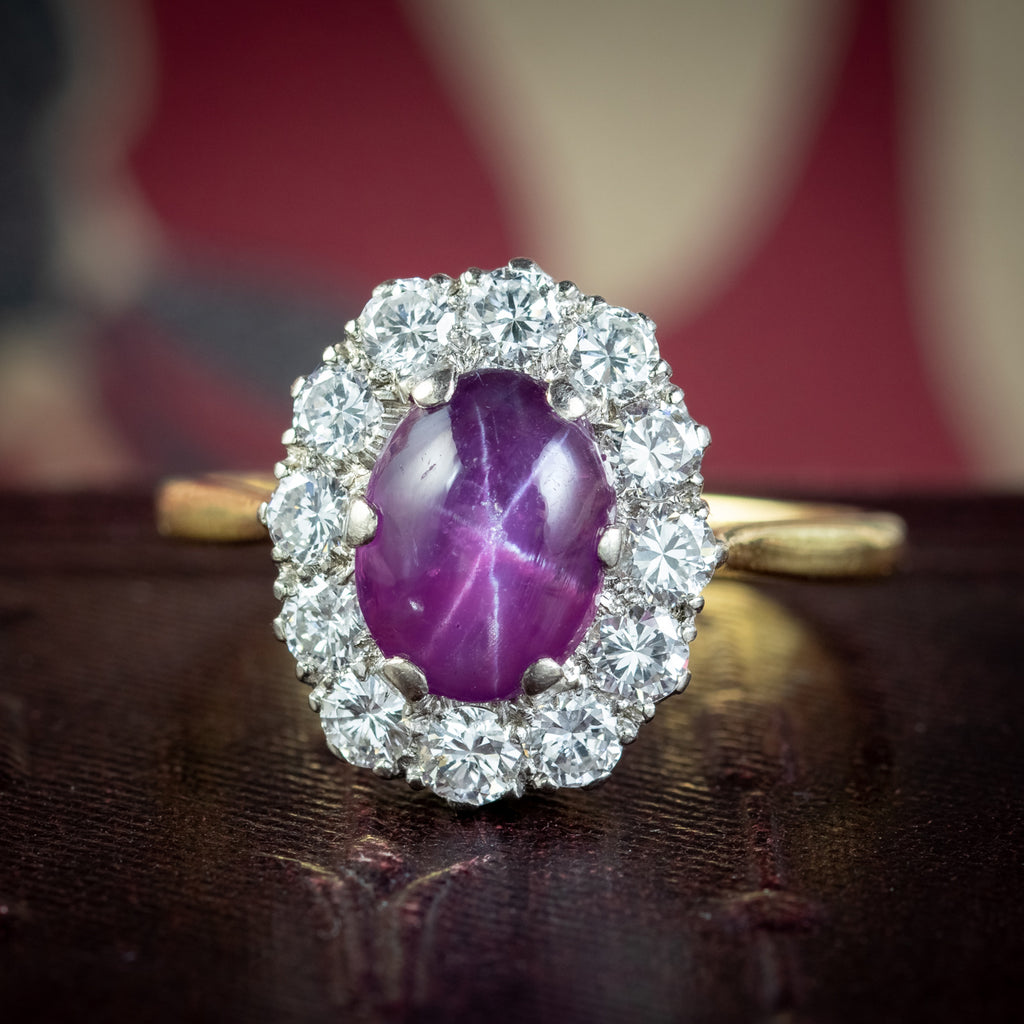
Innovations in technology throughout the Victorian and Edwardian era allowed skilled lapidaries to experiment with a wider variety of cuts. The old mine cut and old European cut, which were also commonly used for diamonds, became the standard. Later advances, begun during the Art Deco period and progressing into the modern age, allowed rubies to be brilliant cut, a shape designed to maximise the light which could flow through the stone whilst providing a twinkling array of perfectly aligned facets.
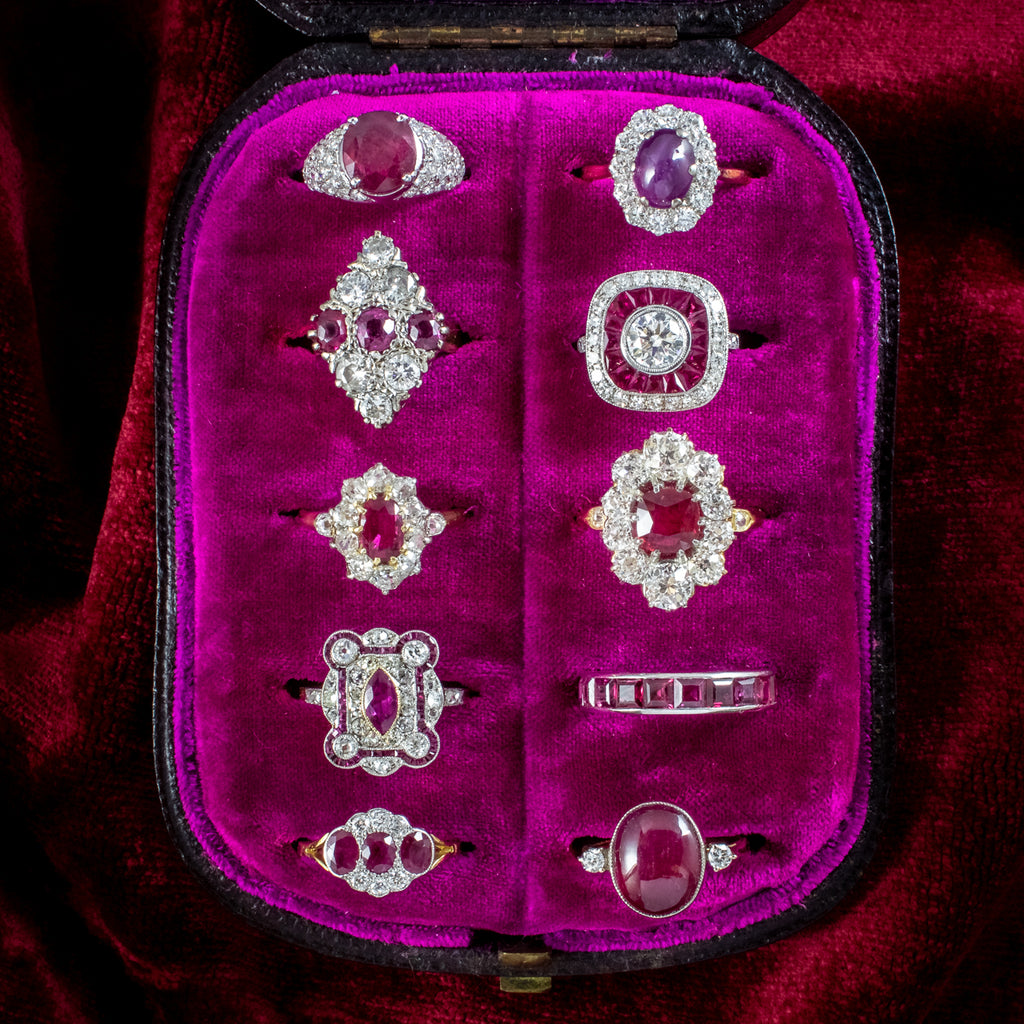
Rubies are usually paired with gold, although silver and platinum are not unheard of, and are seldom presented in solitaire. Although rings and pendants may contain only rubies they are more often found alongside an array of diamonds. The famous scintillating effect of light passing through a diamond brightens the piece by allowing light to enter the ruby at many more angles and bringing out its inner fire.

Our Collection of Ruby Jewellery
At Antique jewellery Online we have many years of experience in identifying, acquiring and retailing high quality ruby jewellery. Our team of experts select the very finest of our discoveries to present to our customers. Click here to view our full collection of ruby jewellery, ruby rings and ruby engagement rings.
Looking for a particular piece? Why not get in touch and see what our team can do for you? Call us on England: 0333 700 4500; or send us an email at enquiries@antiquejewelleryonline.com.

